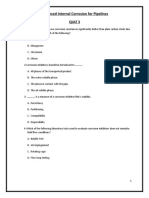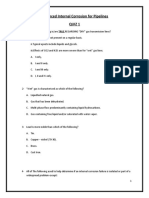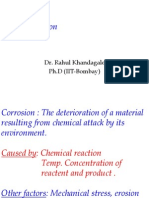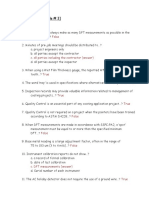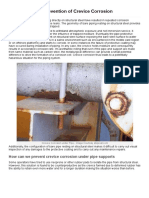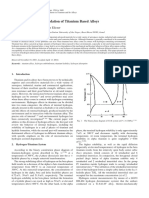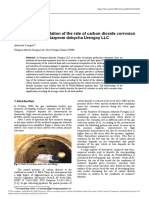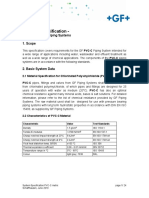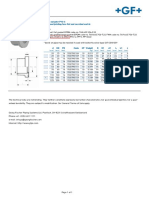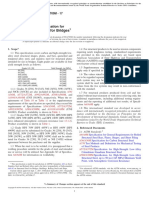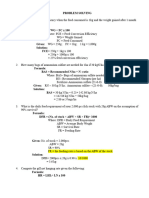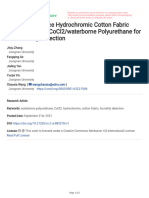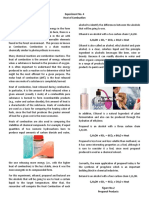0% found this document useful (0 votes)
248 views1 pageTitanium Hydriding in Refining Equipment
Titanium hydriding occurs when hydrogen diffuses into titanium and reacts to form an embrittling hydride phase, resulting in a complete loss of ductility and fracture toughness. This damage mechanism affects titanium and titanium alloys, and is more likely to occur in specific environments above 165°F and a pH below 3 or above 8, or neutral pH with high H2S content. Hydriding damage has primarily been seen in sulfur recovery unit and amine unit heat exchangers and air coolers operating above 165°F. The damage causes embrittlement but no visible corrosion and can only be detected through metallurgical examination.
Uploaded by
Mohammad FouladiCopyright
© © All Rights Reserved
We take content rights seriously. If you suspect this is your content, claim it here.
Available Formats
Download as PDF, TXT or read online on Scribd
0% found this document useful (0 votes)
248 views1 pageTitanium Hydriding in Refining Equipment
Titanium hydriding occurs when hydrogen diffuses into titanium and reacts to form an embrittling hydride phase, resulting in a complete loss of ductility and fracture toughness. This damage mechanism affects titanium and titanium alloys, and is more likely to occur in specific environments above 165°F and a pH below 3 or above 8, or neutral pH with high H2S content. Hydriding damage has primarily been seen in sulfur recovery unit and amine unit heat exchangers and air coolers operating above 165°F. The damage causes embrittlement but no visible corrosion and can only be detected through metallurgical examination.
Uploaded by
Mohammad FouladiCopyright
© © All Rights Reserved
We take content rights seriously. If you suspect this is your content, claim it here.
Available Formats
Download as PDF, TXT or read online on Scribd
/ 1






